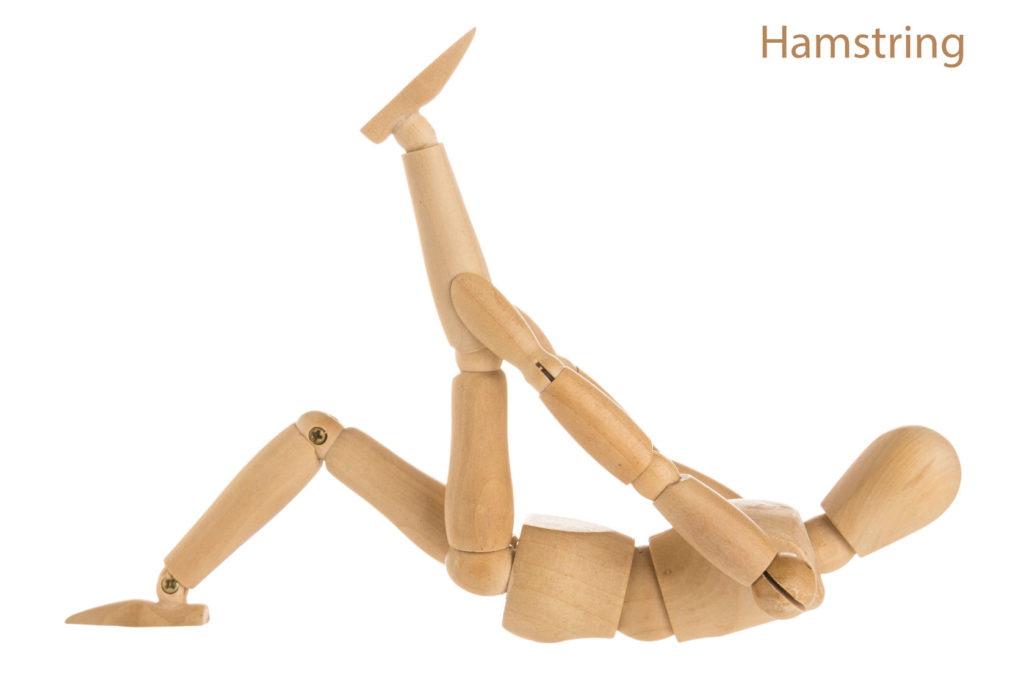What’s This Research About?
What’s the best hamstring stretch? It’s never that easy!
Even though we believe flexibility is beneficial for athletic performance and for general well-being, there isn’t much research that proves its effectiveness. In addition, knowing which stretching technique is the best to improve flexibility is up for debate.
This study compares four hamstring stretching techniques (two passive stretches and two active stretches).
Listen to our discussion of this on the Yoga and Beyond Podcast:

TITLE: A Randomized Controlled Trial of Hamstring Stretching: A Comparison of Four Techniques
PUBLICATION: Journal of Strength and Conditioning Research
DATE: 2009
AUTHORS : Jo M. Fasen, Annie M. O’Connor, Susan L. Schwartz, John O. Watson, Chris T. Plastaras, Cynthia W. Garvan, Creso Bulcao, Stephen C. Johnson, and Venu Akuthoa
Active stretching: Increasing range of motion through voluntary contraction.
Neuromobilization: Using active and passive movements to restore and improve mobility in common postures and during extremity movements.
Passive stretching: Increasing range of motion through passive resistance.
Proprioceptive neuromuscular facilitation (PNF): Originally a rehabilitation technique developed over 50 years ago, today’s version of PNF usually involves isometrically contracting a muscle, followed by relaxing the muscle, allowing an increase in range of motion. PNF was initially used in diagonal patterns in order to lengthen the muscle group as much as possible and incorporate the stretch reflex.*
*To learn more, “Proprioceptive Neuromuscular Facilitation: Patterns and Techniques,” by Dorothy Voss and Margaret Knott explains the original concepts of PNF.

